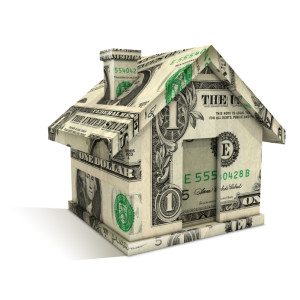As the holidays are approaching, many people are busy decorating their homes, lighting the tree, and marking their calendars to visit friends and family.
With all the busyness of the season, you might be wondering if now you should even attempt to sell your home. Any potential home buyers are also busy attending get-togethers or traveling out of town, right?
After all, that is how it has been in the past.
Yes, You Can Sell Your Home During the Holidays
The reality is that home buyers today are always looking at properties, including during the holidays.
Smartphones and other mobile devices have made it easier and quicker to search for homes on the go, and home buyers can search anywhere — including at a holiday party. So in light of this modern development, here are three main benefits of selling your home during the holidays.
3. You Have Less Competition
Many home sellers believe that the holidays are not the best time to sell, so they would rather wait until spring when the weather is nicer for home viewings.
This means that there is less competition for sellers who do list their home, so you don’t have to compete with other sellers for a buyer’s attention.
Buyers also have fewer properties to choose from, so you’re less likely to receive multiple offers on your home. For buyers who do find their dream home — your home — they may end up purchasing your property at or above market value.
2. Buyers are Serious
Unlike springtime, when many home sellers decide to put their property on the market, the weather is not as pleasant during the winter holiday season.
That means that potential buyers who are not serious about buying a home will opt for the comforts of their own home over viewing properties in cooler weather. They may also opt to attend a holiday party rather than view a home for sale.
Home buyers who are actively searching and viewing properties are generally more motivated, and may even want to buy their new home before Christmas or the new year rolls around. If a buyer for your home wants to get moving quickly, this can often translate into a quicker home sale.
1. You Can Really Appeal to a Buyers’ Emotions
One of the most important tips about staging your home is that you need to appeal to the buyer’s emotions, and what better time to do that than during the holidays?
Selling your home means that you can leave the heat on, have cookies baking in the oven, and leave your holiday decorations up.
The holidays bring joy and warm feelings, and this seasonal atmosphere is perfect for setting the stage for your property with minimal work on your part.
We Can Help You Sell Your Home
Bottom line, selling your home during the holidays gives you the perfect opportunity to sell your home quickly and for more money. And we can help you make sure that your home sale goes smoothly, even during your busy holiday season.
From offering you a free home evaluation to advising you on further home staging tips, we have all the resources you need to make sure you home sells for more money in less time. Contact us and we can talk about a strategy to sell your property during the holidays.
